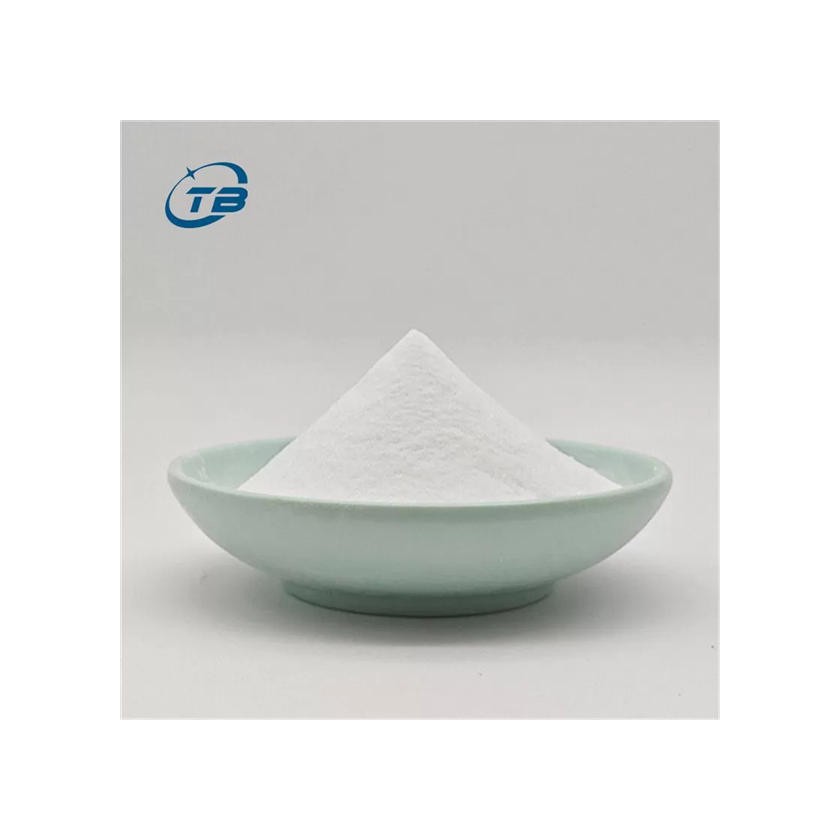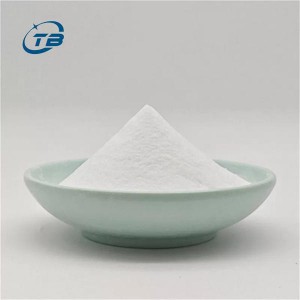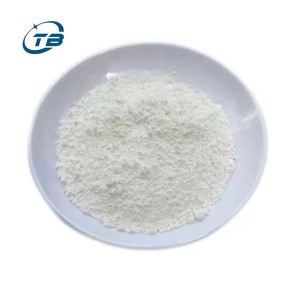Sodium diacetate (SDA) is one of the most excellent new varieties for mold prevention and preservation in grain, food, and feed additives. It has high efficiency in mold prevention, preservation, and increasing nutritional value. It is suitable for safe storage of grain seeds, as well as for mold prevention and preservation of feed, increasing nutritional value, and improving palatability. It is especially suitable for the preservation of corn and grains, and its effect is better than that of calcium propionate. The addition amount is only half of calcium propionate, but the price is lower than that of calcium propionate.
Advantage
Security
Food Grade Sodium Diacetate has low toxicity, with an allowable daily intake (ADI) of 0-15mg/kg per person. Sodium diacetate's final metabolites in the body are carbon dioxide and water, with no residue and no toxic side effects
Nutritional value
Sodium diacetate is used for the preservation of forage silage, which can improve the utilization rate of protein in forage.
Efficiency
Adding 0.15% to 0.75% sodium diacetate solution to newly harvested grains or feed can effectively prevent mold growth. The anti-corrosion effect of sodium diacetate is superior to the widely used propionic acid salts and sorbic acid salts, and its addition amount is lower than that of propionic acid salts, but its price is only 2/3 of that of propionic acid salts, resulting in lower anti-corrosion costs.
Palatability
Sodium diacetate can act as a preservative in food, extending its shelf life while improving and maintaining its flavor.
Mold prevention and preservation
Sodium diacetate is an anti mold and preservative agent, and its effect is significantly better than other similar products.
Excellent acidifiers
Sodium diacetate is a weak acid salt that can lower the pH value in the digestive tract, promote the secretion of digestive juices, improve palatability, mask the unpleasant odor of other additives in feed, and promote digestion and absorption.




